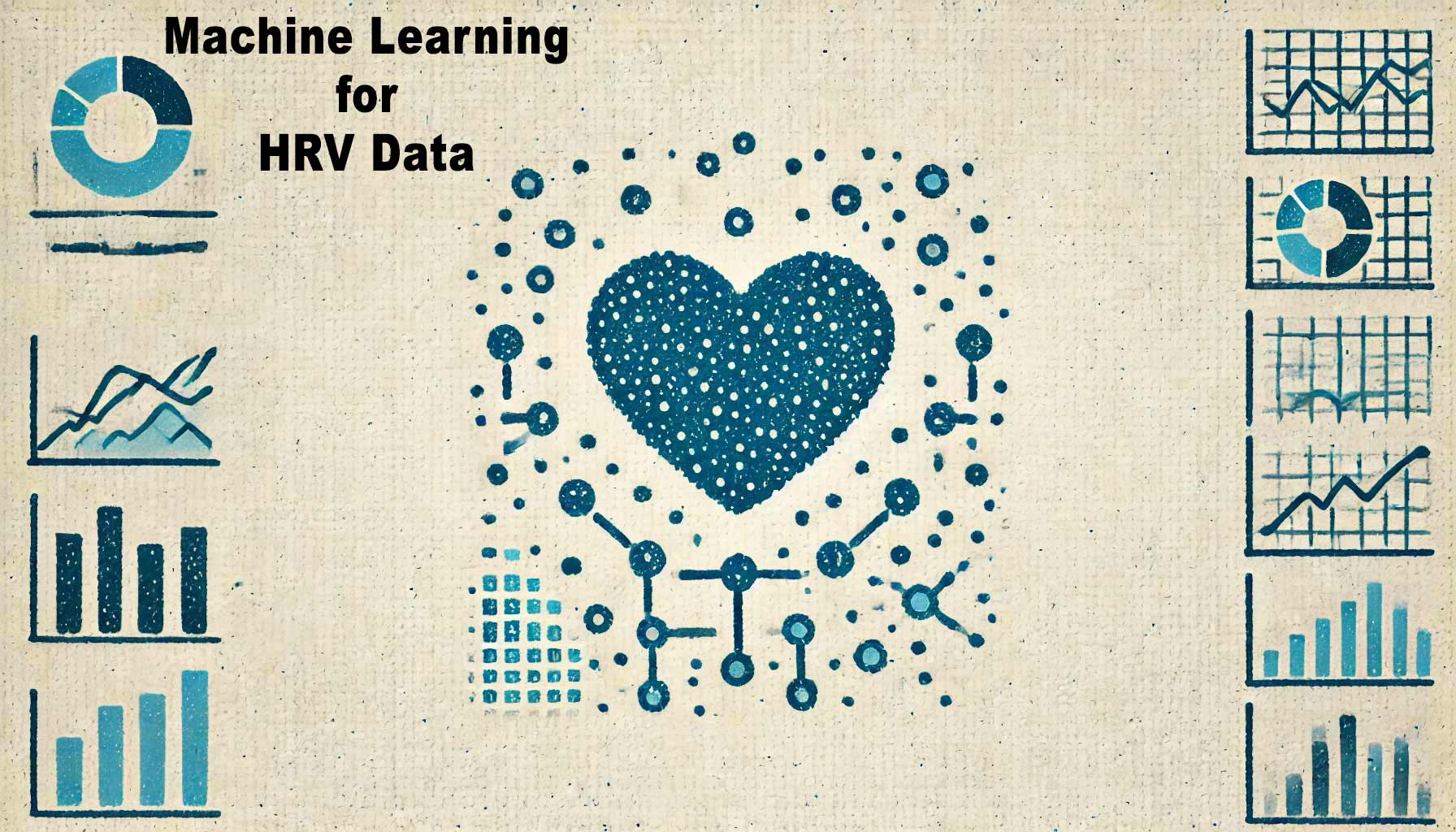I. Introduction
The Importance of High-Quality HRV Data
High-quality data is essential for reliable Heart Rate Variability (HRV) analysis, especially in long-term studies where precision matters. HRV data reveals insights into the autonomic nervous system and cardiovascular health, but noise, missing data, and collection inconsistencies can compromise these findings.
How Machine Learning Enhances HRV Data Quality
Machine learning (ML) techniques offer powerful solutions for enhancing HRV data quality by automating processes like noise reduction, data imputation, and standardization. Unlike traditional methods, ML models can adapt to complex patterns and irregularities in the data, making them especially effective for improving the integrity and usability of HRV datasets. This article explores how ML can address common data quality challenges in HRV analysis, providing practical guidance for researchers seeking to enhance their data processing workflows.
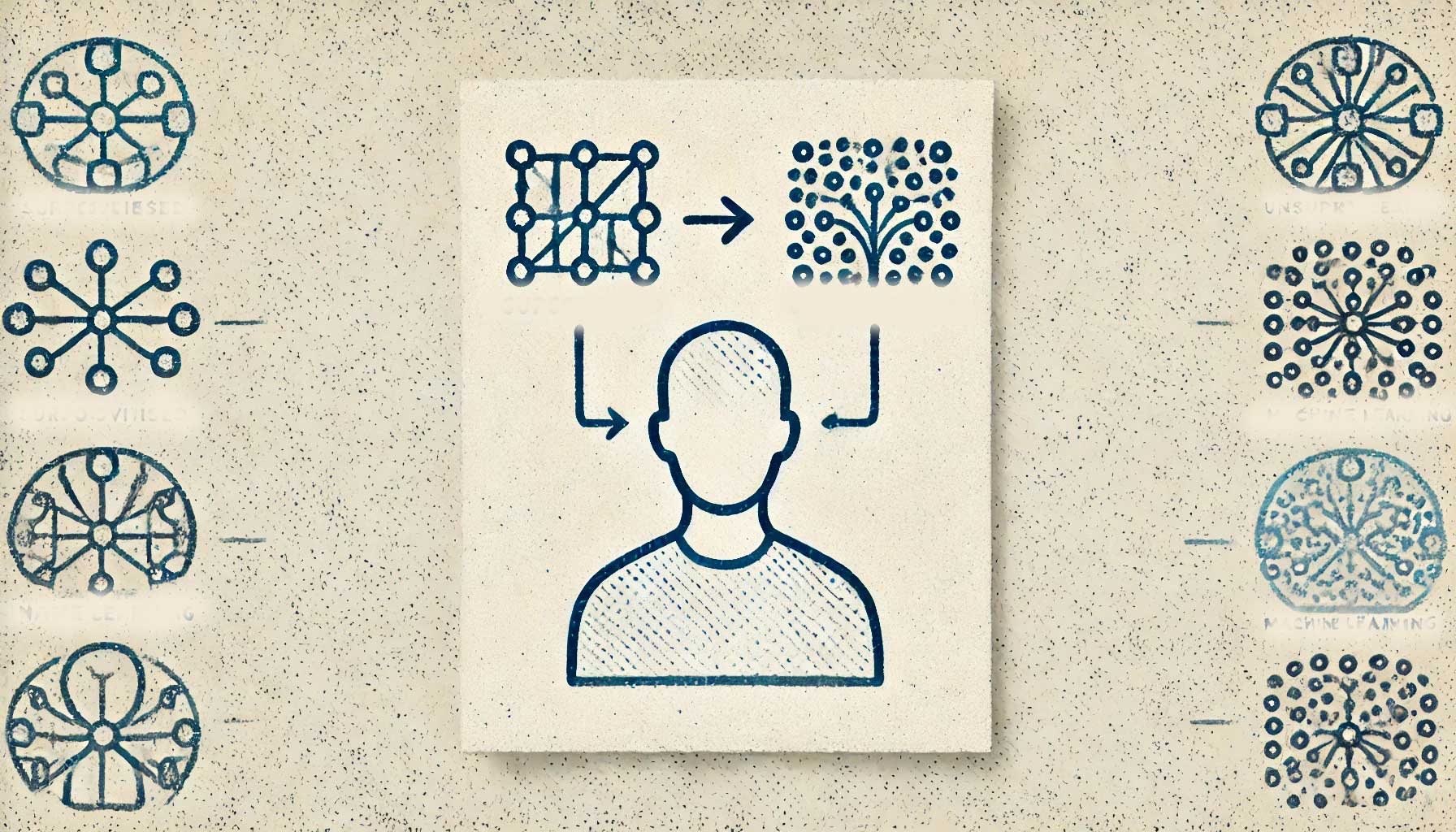
II. Common Data Quality Challenges in HRV Analysis
HRV data is often affected by several quality issues that can distort results and lead to incorrect conclusions. Understanding these challenges is the first step in applying ML techniques effectively.
A. Noise and Artifacts
Noise and artifacts are pervasive problems in HRV analysis, often resulting from various sources:
- Motion Artifacts: Movements such as walking, talking, or even breathing can introduce significant noise into HRV signals, particularly when using wearable sensors.
- Poor Sensor Placement: Incorrect or inconsistent placement of ECG electrodes or wearable devices can lead to unreliable data, with signal drops or spikes that do not reflect actual physiological changes.
- Environmental Interference: Electrical noise from surrounding devices, ambient temperature fluctuations, and other environmental factors can further degrade HRV signal quality.
Impact: Noise and artifacts can obscure true HRV patterns, leading to misinterpretation of autonomic function and reducing the accuracy of predictive models.
B. Missing Data and Data Gaps
Missing data is another critical challenge in HRV research, particularly in long-term studies where continuous monitoring is required:
- Sensor Failures: Devices may malfunction, run out of battery, or lose connectivity, resulting in data gaps.
- Participant Non-Compliance: Participants may remove wearables, forget to charge them, or fail to follow study protocols, leading to incomplete data sets.
- Transmission Errors: Data loss during wireless transmission or storage can also contribute to missing values.
Impact: Missing data can compromise the representativeness of the dataset, reduce statistical power, and complicate the training of ML models, which often require complete datasets for optimal performance.
C. Variability in Data Collection Methods
Variability in data collection methods can introduce inconsistencies that affect the comparability and integration of HRV data across different studies or research sites:
- Different Sensor Types: Variations in sensor types (e.g., chest straps vs. wrist-worn devices) can lead to differences in sensitivity and data accuracy.
- Sampling Rates: Inconsistent sampling rates between devices can result in mismatched datasets, complicating data analysis and integration.
- Protocol Differences: Multi-center studies may employ slightly different data collection protocols, leading to variability in the data.
Impact: Such inconsistencies can hinder large-scale analysis and meta-analyses, making it difficult to draw reliable conclusions from combined data sets.
Understanding these common issues is essential for applying ML techniques that can effectively mitigate them, enhancing the overall quality and reliability of HRV data. The next sections will delve into specific ML approaches for noise reduction, handling missing data, and standardizing HRV data for improved research outcomes.

III. Machine Learning Techniques for Noise Reduction in HRV Data
Noise and artifacts in HRV data can significantly impact the quality of analysis, making it essential to apply effective noise reduction techniques. Machine learning offers advanced methods that can automatically filter out noise while preserving the integrity of the physiological signals.
A. Signal Filtering with Machine Learning
Machine learning models, particularly deep learning architectures, can be trained to distinguish between noise and true HRV signals:
- Deep Learning Autoencoders: Autoencoders are neural networks designed to learn compressed representations of data. They can be trained on clean HRV signals to recognize and reconstruct these signals from noisy data, effectively filtering out unwanted noise. By comparing the input (noisy data) to the output (clean data), autoencoders learn to remove noise while retaining key signal features.
- Convolutional Neural Networks (CNNs): CNNs are highly effective at identifying patterns within data, including time-series signals like HRV. By applying convolutional filters, CNNs can isolate signal patterns from noise, particularly in scenarios with repetitive or structured noise artifacts.
Benefits: ML-based filtering adapts to the specific characteristics of HRV data, offering superior noise reduction compared to traditional filtering techniques that may remove both noise and relevant signal components.
B. Supervised Learning for Artifact Detection
Supervised learning models can be used to detect and remove artifacts from HRV data by learning from labeled examples:
- Random Forests: Random Forest models can be trained on datasets with labeled artifacts to classify segments of HRV data as clean or noisy. This method is particularly useful when artifacts follow specific patterns, such as spikes or abrupt changes due to movement.
- Support Vector Machines (SVMs): SVMs are effective in high-dimensional spaces and can be used to separate clean HRV signals from those contaminated by artifacts. By defining decision boundaries based on labeled training data, SVMs can efficiently filter out noise.
Benefits: Supervised learning models enhance artifact detection by learning from real-world examples, allowing them to adapt to various types of noise and artifacts commonly encountered in HRV data collection.
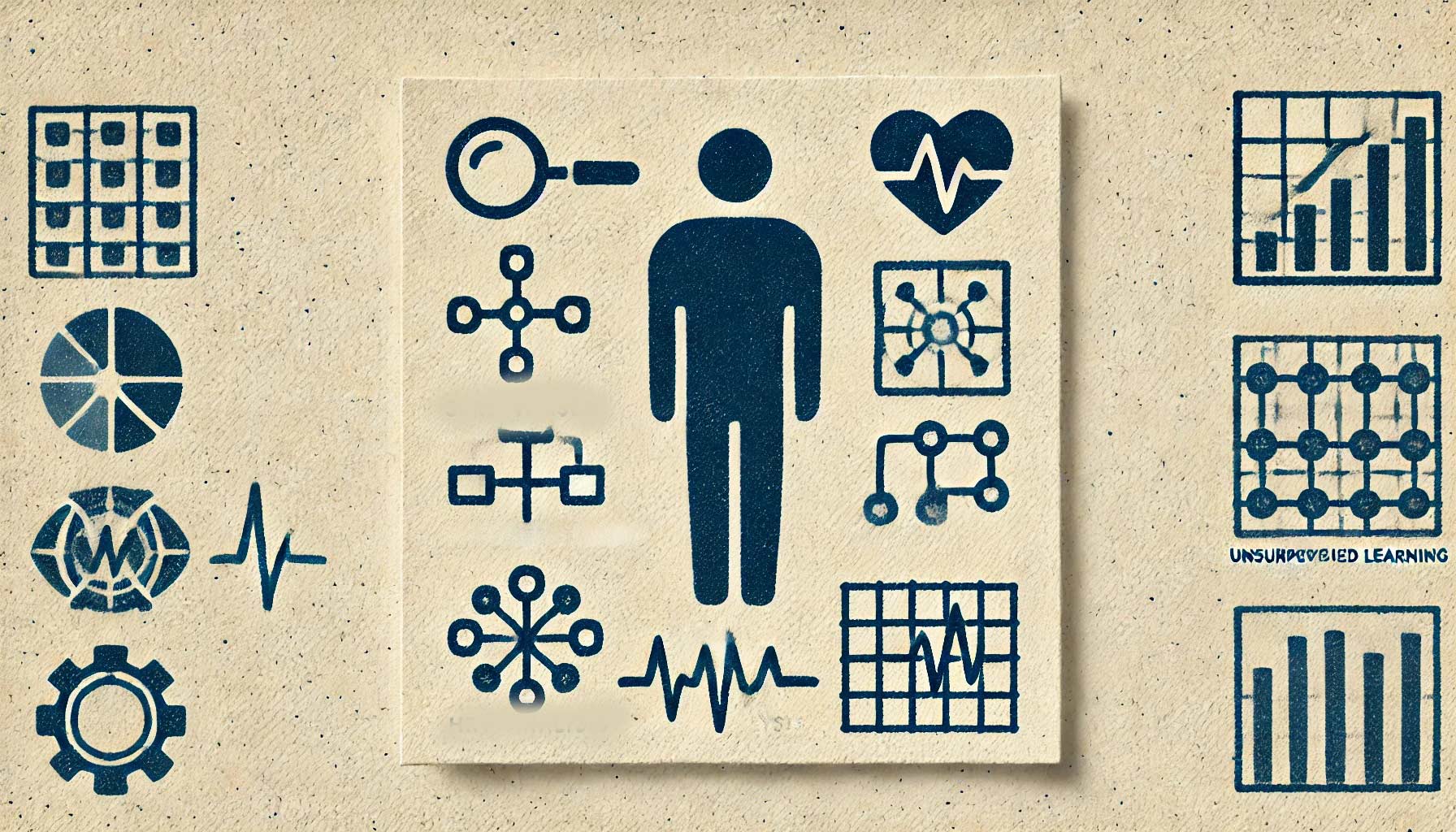
IV. Handling Missing Data in HRV Analysis with Machine Learning
Handling missing data is a critical aspect of maintaining HRV data quality, and machine learning offers robust imputation methods that outperform traditional approaches.
A. Imputation Techniques Using ML
ML-based imputation techniques can fill in missing HRV values by leveraging patterns within the existing data:
- K-Nearest Neighbors (KNN) Imputation: This method fills missing values by averaging the values of the nearest neighboring data points. For HRV, this could involve averaging HRV metrics from nearby time points with similar physiological characteristics.
- Machine Learning Regression Models: Regression models like Random Forest regression or Gradient Boosting Machines can predict missing HRV values based on observed relationships within the data. These models use available HRV and contextual data (e.g., activity levels, time of day) to estimate the most likely values for missing entries.
- Deep Learning Approaches: Long Short-Term Memory (LSTM) networks, a type of Recurrent Neural Network (RNN), are particularly suited for sequential data like HRV. LSTMs can learn long-term dependencies in HRV data, making them effective for predicting missing values by understanding the temporal relationships within the data stream.
Benefits: ML-based imputation methods are more adaptable to the complex, non-linear nature of HRV data compared to simple imputation techniques like mean substitution or linear interpolation.
B. Comparison with Traditional Imputation Methods
Traditional imputation methods often fall short in handling the complexities of HRV data:
- Mean Imputation: Involves replacing missing values with the average of the observed data. While simple, this method can reduce data variability and lead to biased estimates.
- Linear Interpolation: Fills gaps by drawing straight lines between known data points. Although useful for short gaps, it assumes a constant rate of change that may not reflect actual HRV dynamics.
Advantages of ML-Based Imputation:
- Adaptability: ML models adjust to the specific patterns and trends in the data, providing more accurate and context-sensitive imputations.
- Improved Performance: Studies have shown that ML-based imputation techniques can significantly enhance predictive accuracy and data integrity in HRV analysis, leading to more reliable research findings.
By using ML techniques for noise reduction and imputation, researchers can greatly improve the quality of HRV data, making it more suitable for subsequent analysis and interpretation. The following sections will explore how ML can further assist in standardizing HRV data, ensuring consistency across different sensors, protocols, and studies.
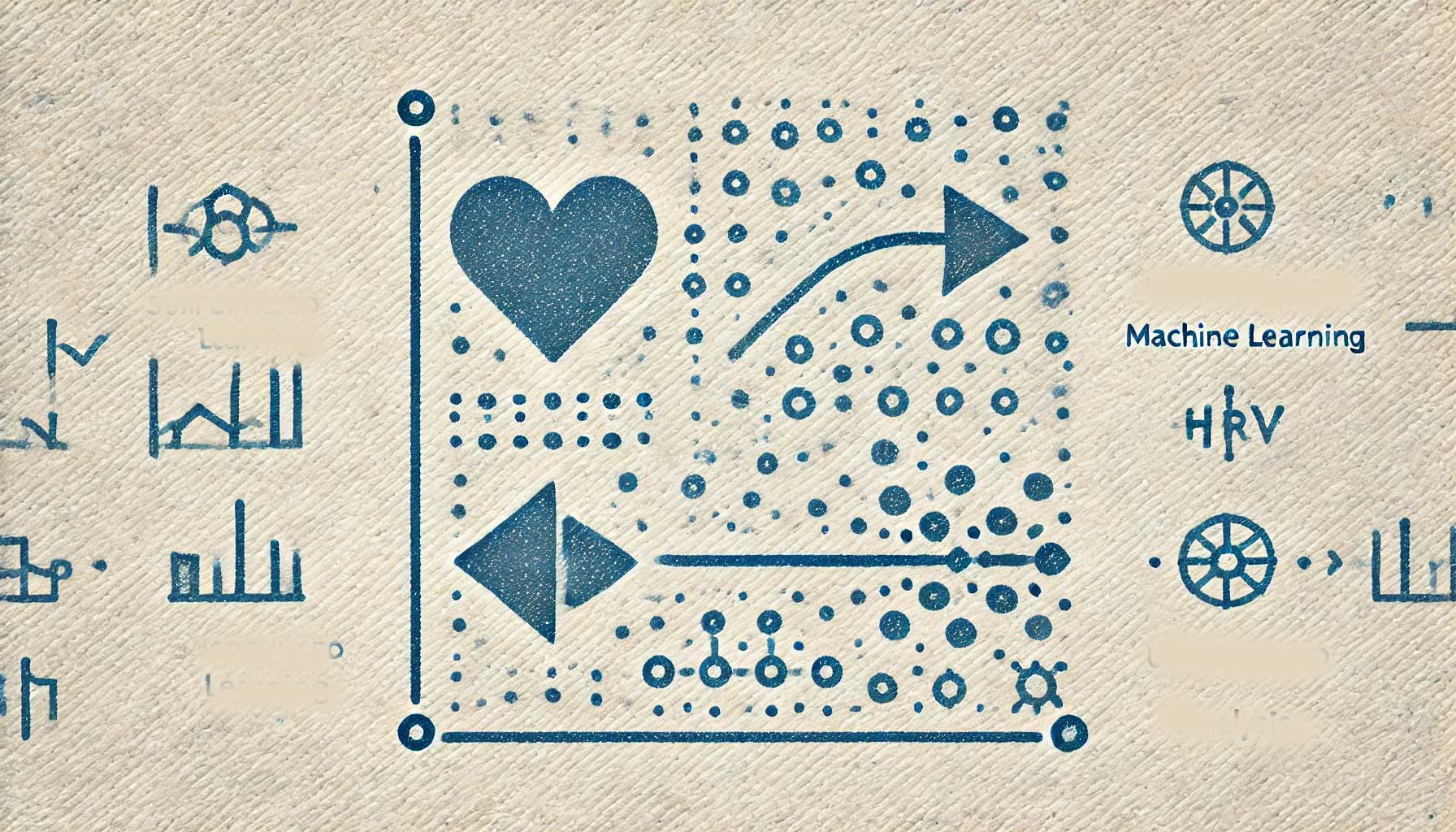
V. Standardizing and Harmonizing HRV Data Using Machine Learning
Standardizing HRV data is essential for ensuring consistency and comparability across studies, especially when data is collected from different sensors, locations, or protocols. Machine learning offers effective approaches to automate and improve data standardization, enhancing the overall reliability of HRV analysis.
A. Data Normalization and Scaling
Normalization and scaling are crucial steps in preparing HRV data for analysis, as they bring all data points into a comparable range and reduce the influence of outliers:
- Min-Max Scaling: This technique adjusts the data to a fixed range, typically between 0 and 1, by subtracting the minimum value and dividing by the range of the data. Machine learning algorithms can automate this process, ensuring that all HRV metrics are standardized without manual intervention.
- Z-Score Normalization: This method transforms data into a distribution with a mean of 0 and a standard deviation of 1, allowing for comparisons across different datasets or sensors. Machine learning models can apply Z-score normalization consistently across large HRV datasets, enhancing data comparability.
- Automated Normalization Pipelines: ML platforms can integrate these scaling techniques into automated pipelines, ensuring consistent application across multiple datasets. This is particularly valuable in multi-center studies or when combining HRV data from different sources.
Benefits: Machine learning ensures accurate and consistent normalization, reducing human error and saving time, especially in large-scale studies with complex data requirements.
B. Addressing Variability Across Different Sensors and Protocols
HRV data collected from various sensors and protocols can exhibit significant variability, complicating data integration and analysis. Machine learning can address this variability through advanced techniques:
- Domain Adaptation: Domain adaptation involves training a machine learning model to generalize across different data sources. For HRV, this could mean adapting a model trained on data from one type of sensor (e.g., chest strap) to perform accurately on data from another sensor (e.g., wrist-worn device). Techniques like adversarial training and transfer learning can help models learn invariant features that are consistent across different data domains.
- Transfer Learning: Transfer learning allows a model developed for one specific task or dataset to be repurposed for a related task with minimal additional training. In HRV analysis, a model trained on a large, high-quality dataset can be fine-tuned to work with data from a new sensor or protocol, improving its generalizability and reducing the need for extensive retraining.
- Harmonization Techniques: ML models can also employ harmonization techniques that adjust data from different sensors to a common standard. This may involve recalibrating HRV measures or adjusting for differences in sampling rates, making it easier to combine data from multiple sources.
Benefits: These ML techniques enable seamless integration of HRV data from diverse sources, enhancing the robustness and generalizability of research findings.

VI. Practical Applications and Case Studies
Machine learning techniques for HRV data quality improvement have been successfully applied in various research and clinical settings, demonstrating their practical value.
A. Real-World Examples of ML for HRV Data Quality Improvement
- Clinical Research on Cardiovascular Health: In a study on heart disease, researchers used ML-based noise reduction techniques to filter out artifacts from long-term HRV monitoring data, significantly improving the accuracy of their predictive models for cardiovascular events.
- Sports Science and Performance Optimization: Sports scientists have applied ML models to harmonize HRV data collected from different wearable devices used by athletes during training. By standardizing the data, they were able to provide more consistent and actionable feedback on athlete recovery and performance.
- Occupational Health Monitoring: In workplace settings, ML algorithms have been used to impute missing HRV data from wearable sensors, providing continuous monitoring of employee stress levels. This approach allowed researchers to maintain high data quality despite frequent data gaps due to non-compliance or sensor issues.
Key Outcomes:
- Improved Signal-to-Noise Ratios: ML-driven noise reduction led to clearer, more reliable HRV signals, enhancing the interpretability of results.
- Higher Data Integrity: ML-based imputation and standardization techniques ensured that HRV datasets were complete and consistent, supporting more robust statistical analyses.
- Better Predictive Performance: By enhancing data quality, ML models improved the predictive accuracy of HRV-based health assessments, contributing to more effective interventions and personalized care.
B. Tools and Software for Implementing ML-Based Data Quality Solutions
Several tools and platforms are available to help researchers implement ML techniques for HRV data quality improvement:
- Python Libraries: Libraries such as TensorFlow, Keras, and Scikit-learn offer robust frameworks for developing and deploying ML models for data cleaning, imputation, and standardization.
- MATLAB: Known for its advanced signal processing capabilities, MATLAB provides specialized toolboxes for HRV analysis and machine learning, making it a popular choice among researchers in biomedical engineering.
- HRV Analysis Software: Some HRV-specific software solutions, like Kubios HRV, are starting to integrate ML algorithms for enhanced data processing capabilities, offering user-friendly interfaces for researchers with limited coding expertise.
Guidance: When choosing tools, consider factors such as the specific ML techniques required, ease of use, compatibility with existing workflows, and the level of technical expertise available within the research team.
Are you interested in Kubios Scientific Software? Enter your email below, click the button, and we’ll send you more information and pricing.
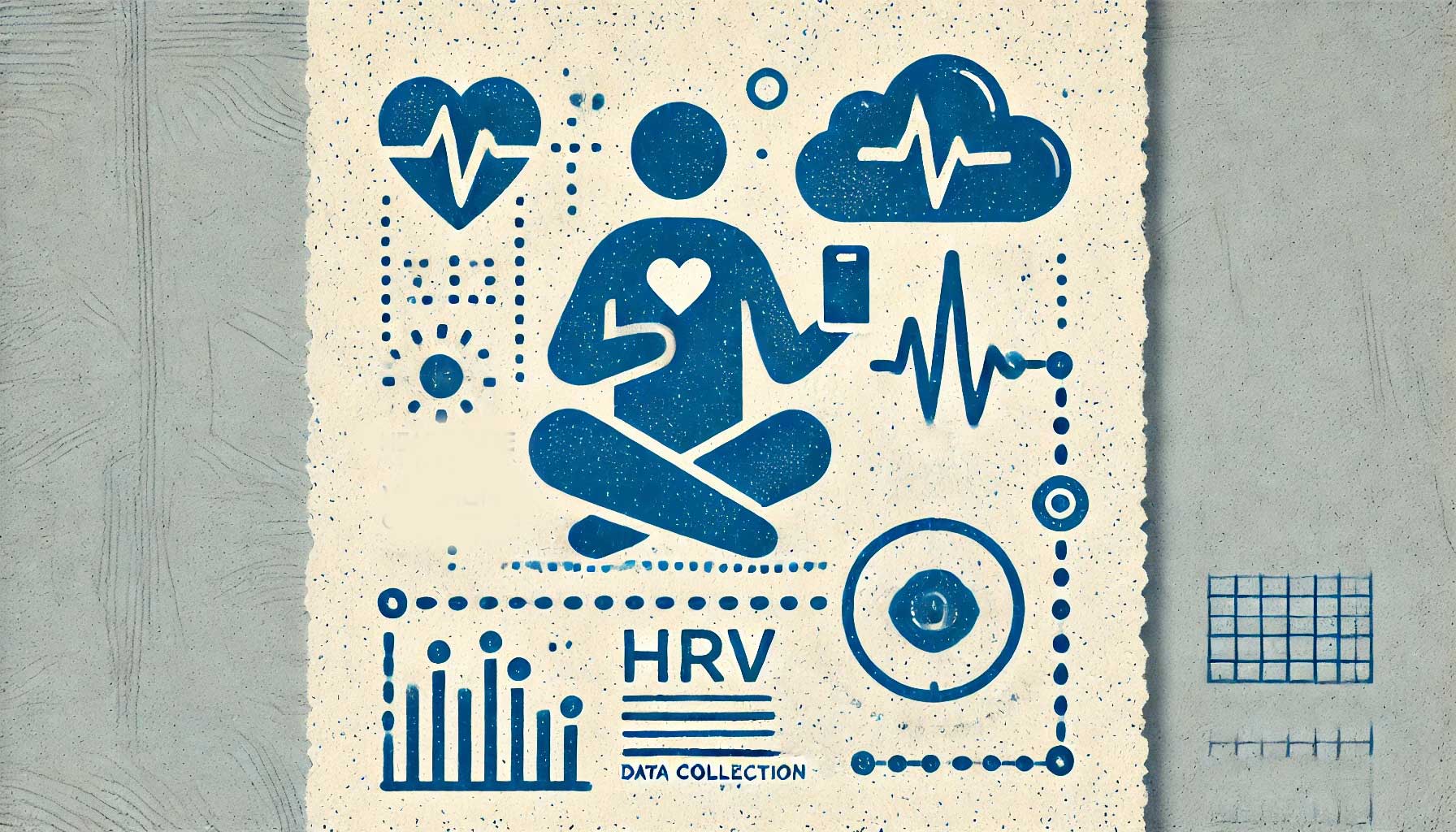
VII. Recommendations and Best Practices
To effectively use machine learning for HRV data quality improvement, researchers should follow best practices to maximize the benefits of these advanced techniques.
A. Steps for Implementing ML Techniques in HRV Data Quality Improvement
- Define Clear Objectives: Start with a clear understanding of what data quality issues need to be addressed, whether it’s noise reduction, imputation, or standardization.
- Select Appropriate ML Models: Choose ML models that are well-suited to the specific challenges of HRV data, such as deep learning for complex noise patterns or regression models for data imputation.
- Prepare and Preprocess Data: Ensure data is properly preprocessed before applying ML techniques, including steps like normalization, scaling, and segmentation.
- Train and Validate Models: Use cross-validation and independent test sets to train and validate ML models, ensuring they generalize well to new data.
- Deploy and Monitor Models: Once models are deployed, continuously monitor their performance and retrain as needed to adapt to new data or changing conditions.
Best Practices:
- Collaborate with Data Scientists: Partner with data science experts to optimize model performance and address technical challenges.
- Use Explainable ML Models: Opt for models that provide interpretability, especially in clinical settings where understanding the rationale behind predictions is crucial.
- Document Processes: Maintain thorough documentation of ML workflows, including data preprocessing steps, model parameters, and validation results, to ensure reproducibility and transparency.
By adopting these recommendations, researchers can effectively leverage machine learning to enhance HRV data quality, driving more accurate and impactful research outcomes. As machine learning continues to advance, its role in HRV analysis will only grow, offering new opportunities to refine and elevate the study of autonomic function and health.
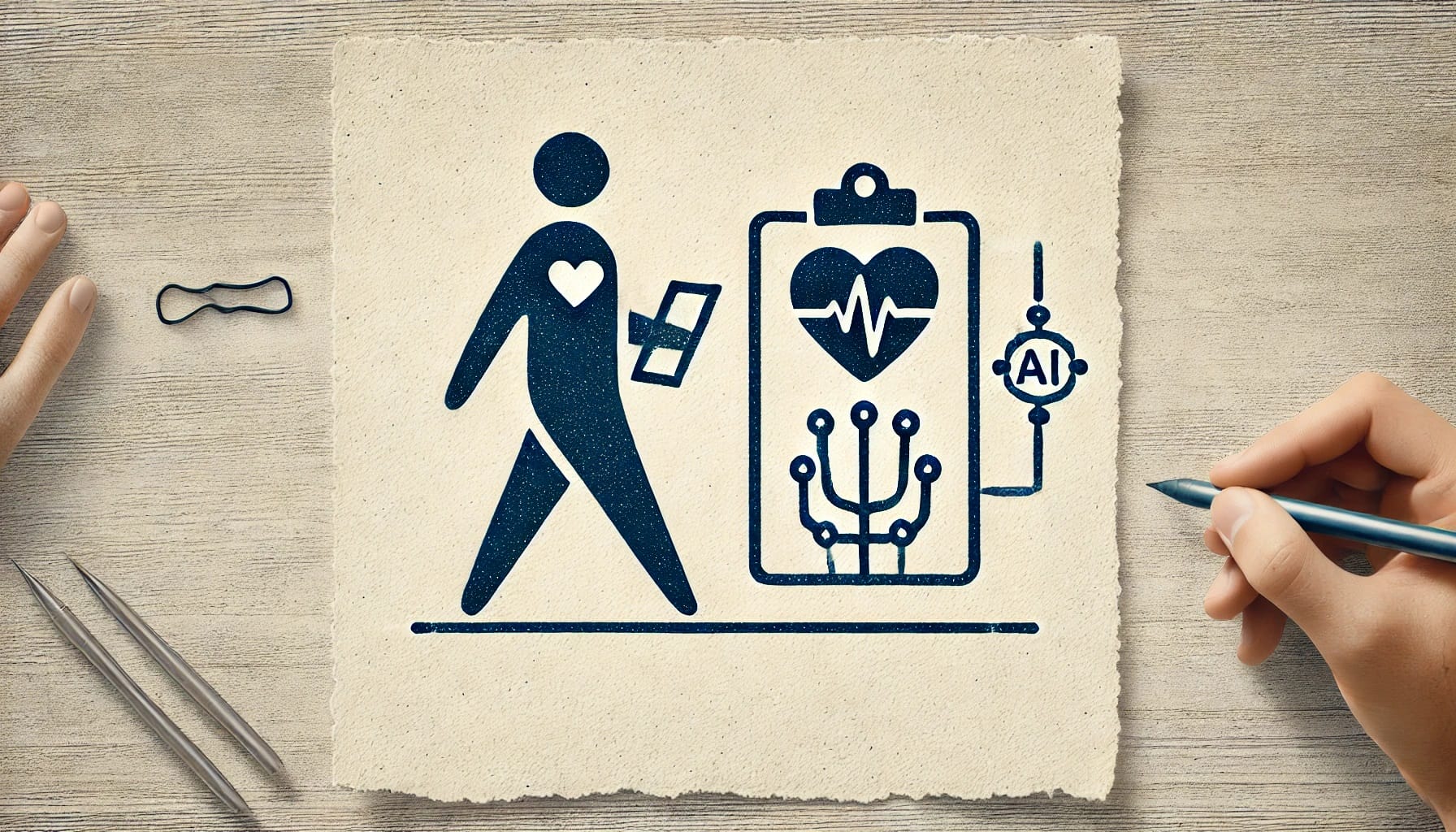
VIII. Conclusion
Machine learning techniques have the potential to revolutionize the quality of HRV data, making it more reliable and actionable for research and clinical applications. By addressing common challenges such as noise, missing data, and variability across sensors, ML models can significantly enhance the accuracy and consistency of HRV analysis.
A. Recap of Key Points
- Noise Reduction: ML approaches, like deep learning autoencoders and CNNs, provide advanced noise reduction capabilities that outperform traditional filtering methods, preserving the integrity of HRV signals.
- Handling Missing Data: Machine learning-based imputation techniques, such as KNN, regression models, and LSTMs, offer more sophisticated solutions for filling data gaps, ensuring comprehensive and reliable datasets.
- Standardization and Harmonization: ML models, including domain adaptation and transfer learning, help standardize HRV data collected from diverse sources, enabling seamless integration and comparability across studies.
- Practical Applications: Real-world examples demonstrate the effectiveness of ML in improving HRV data quality across various settings, from clinical research on cardiovascular health to occupational stress monitoring.
B. Considerations to Adopt ML Techniques in HRV Research
Researchers can explore and implement machine learning solutions to enhance HRV data quality, leveraging the adaptability and power of AI to tackle complex data challenges. The application of ML techniques can lead to:
- More Accurate Research Findings: Enhanced data quality results in more reliable analysis, leading to robust and reproducible research outcomes.
- Improved Patient Care: In clinical settings, cleaner and more accurate HRV data allows for better-informed decisions, contributing to personalized care plans and improved health outcomes.
- Streamlined Research Workflows: Automation of data cleaning and preprocessing through ML reduces manual effort, allowing researchers to focus more on analysis and interpretation.
Next Steps: As machine learning technologies continue to evolve, their integration into HRV research will likely expand, offering even more refined and accessible tools for data quality improvement. Researchers can stay updated on the latest developments in ML techniques and consider how these innovations can be applied to their own HRV studies.
By adopting machine learning, researchers can improve HRV data quality and drive advancements in health monitoring and personalized medicine, unlocking deeper insights into autonomic function and overall health.
Call to Action
📅 If you want to learn more about Fibion’s solution for measuring HRV, do not hesitate to book a video call with our expert Dr. Miriam Cabrita.

🔍 You may also discover our product portfolio on our website: Fibion SENS, Fibion Research, Fibion Vitals, Fibion Sleep, Fibion Emfit and Fibion Circadian, each with its unique set of features and applicability.
✨ For those interested in an in-depth look at the features and pricing across available heart rate variability (HRV) actigraphy tools, we invite you to explore our comprehensive comparison sheet. Click here for access.
Frequently Asked Questions:
How can machine learning reduce noise in HRV data? +
Machine learning models, like deep learning autoencoders and CNNs, can filter out noise from HRV data by distinguishing between true signals and artifacts, enhancing signal clarity.
What are common causes of missing data in HRV analysis? +
Missing data in HRV analysis can result from sensor failures, participant non-compliance, or transmission errors, which can disrupt continuous data collection and affect dataset integrity.
How does machine learning handle missing HRV data? +
Machine learning techniques like K-Nearest Neighbors, regression models, and LSTM networks impute missing HRV values by leveraging existing data patterns, providing more accurate replacements than traditional methods.
Why is standardization important in HRV data analysis? +
Standardization ensures that HRV data collected from different sensors, protocols, or studies can be compared and integrated consistently, improving the reliability and robustness of research outcomes.
What ML techniques can standardize HRV data from different sensors? +
Domain adaptation and transfer learning are ML techniques that help standardize HRV data from different sensors by training models to recognize invariant features across varied data sources.
What are the benefits of using machine learning for HRV data quality improvement? +
Using machine learning for HRV data quality improvement leads to more accurate analysis, better predictive models, and streamlined research workflows by automating noise reduction, imputation, and standardization.










